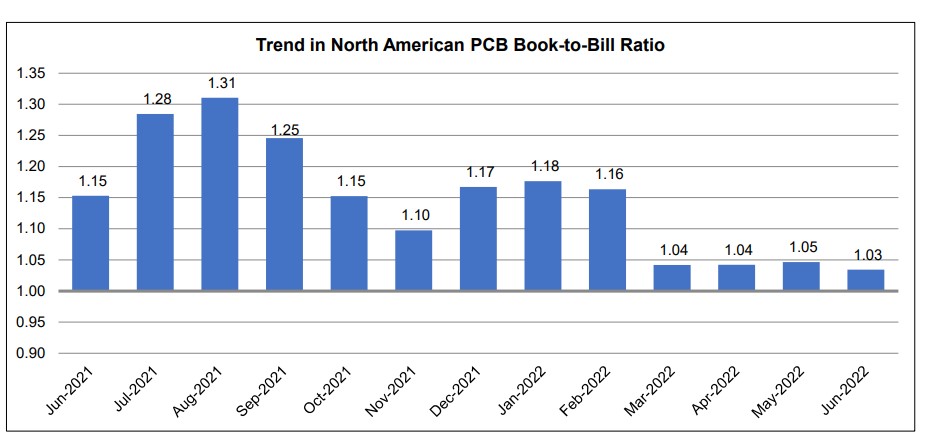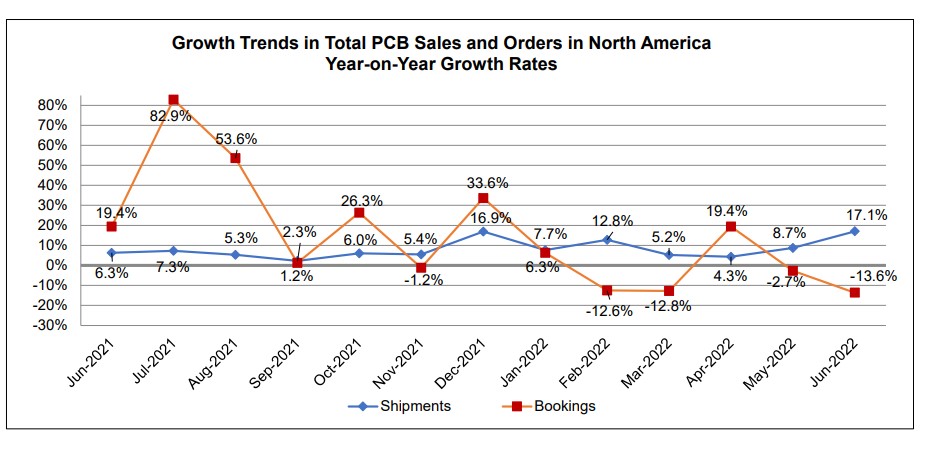7:00 am – 8:00 am | Networking Breakfast
8:00 am – 8:15 am | Welcome Remarks and Introductions
Opening Remarks
John W. Mitchell
President and CEO
IPC
Matt Kelly, P.Eng., M.B.A.
Chief Technologist
IPC
8:15 am – 9:00 am | Setting the Stage: Building the North American Advanced Packaging Ecosystem: Economic Challenges and Opportunities
Jan Vardaman
Founder and President
TechSearch International Inc.
9:00 am – 9:45 am | Supporting Moore’s Law with Advanced Packaging
Tom Rucker, Ph.D.
Vice President Technology and Development
Intel Corporation
9:45 am – 10:10 am | Break
10:00 am – 10:45 am | Defense Perspectives Keynote: DoD Microelectronics Strategy
Devanand Shenoy, PhD
Principal Director for Microelectronics
Director, Defense Microelectronics Cross-Functional Team
Office of the Under Secretary of Defense for Research and Engineering
Office of the Deputy Chief Technology Officer for Critical Technology
10:45 am – 11:30 am | U.S. CHIPS Act Implementation
Moderator, Chris Mitchell
Vice President Government Relations, IPC
NIST, Semiconductors, and the CHIPS & Science Act
Frank Gayle, ScD
Deputy Director
NIST Office of Advanced Manufacturing & Advanced Manufacturing National Program Office
11:30 am – 12:00 pm | Advancing a European Chips Act
Moderator, Chris Mitchell
Vice President Government Relations, IPC
A Chips Act for Europe
Francisco J. Ibáñez
Senior Expert, Microelectronics and Photonics Industry
DG CONNECT
European Commission
12:00 pm – 1:00pm | Lunch
1:00 pm – 2:30 pm | Component OEM - Commercial Perspectives, Needs, and Challenges
Emerging Microelectronic Technologies for Radiation Hardened Applications
Thomas Boone, Ph.D.
Senior Technologist, Defense and Aerospace Research
Western Digital
First level Packaging and Supply Chain Considerations for HPC: A System Perspective
Dale McHerron, Ph.D.
Senior Manager, Heterogeneous Integration Research
IBM Research, AI Hardware Center
Advanced Packaging – Future of Technology & Supply Chain
Deepak Kulkarni, Ph.D.
Fellow, Advanced Packaging Substrate Technology Development
AMD
2:30 pm – 2:45 pm | Break
2:45 pm – 4:15 pm | North American Defense Needs and Perspectives
Addressing DoD Advanced Packaging Needs
Darren Crum, PhD
Advanced Packaging Lead & SHIP Digital Technical Manager
Office of the Under Secretary of Defense for Research and Engineering
Establishing Domestic Advanced Packaging Capability for DoD Applications
Helen Phillips
Director, Advanced Operations Northrop Grumman Mission Systems
Northrop Grumman
Advanced Packages for Modernization of Defense Systems
Kim Eilert
Technology Development Manager in Advanced Electronics
FAST Labs BAE Systems
4:15 pm – 4:30 pm | Day 1 Wrap-up
5:00 pm – 6:30 pm | Networking Reception
7:00 am – 7:45 am | Networking Breakfast
7:45 am – 8:00 am | Welcome Remarks
Matt Kelly, P.Eng., M.B.A.
Chief Technologist
IPC
8:00 am – 8:45 am | SRC Keynote – Packaging is the New King
Todd Younkin, Ph.D.
President and CEO
Semiconductor Research Corporation (SRC)
8:45 am – 10:15 am | Importance of IC-Substrates – Advanced Package Assembly Perspectives
Future Trends for Chiplet Heterogeneous Integrated Packaging (CHIP)
Charles Woychik, Ph.D.
Senior Director, Advanced Packaging Platforms
SkyWater Technology
From Global to Local: The Journey to Supply Chain Localization
Kevin Engel
Corporate Vice President, Flipchip / Wafer Level Business Unit
Amkor Technology, Inc.
Trends in SIP and Highspeed Substrates
Matt Bergeron
VP Business Development
Integra Technologies
10:15 am – 10:30 am | Break
10:30 am – 12:00 pm | Panel Discussion – North American Perspectives on the IC-Substrate Market
Moderator: Matt Kelly, P.Eng, MBA
Chief Technologist
IPC
General Principles for a North American Package Substrate Industry
Haris Basit
Chief Executive Officer
Averatek Corporation
Adopting New Process Technology to an Old Problem
Meredith LaBeau, Ph.D.
Chief Technology Officer
Calumet
The Necessity of Process Synergies
Michael Gleason
Director of Product Development
GreenSource Fabrication LLC
The Foundational Requirements for High Impact Substrate Manufacturing
Jim Fuller
Vice President, Engineering and Technology Development
Sanmina
Barriers and Opportunities in Advanced Packaging Ecosystem
Matt Neely
Director of Process Engineering, North America
TTM Technologies
12:00 pm – 1:00 pm | Lunch
1:00 pm – 2:30 pm | Global Perspectives on IC-Substrate Market
Yesterday, Today, and Tomorrow on Package Substrate Industry
Richard (KwangWook) Bae
Executive Vice President of NPI, CTO
Samsung Electro-Mechanics Pte.,Ltd. (SEMCO)
Advanced Substrates & Packages are Crucial – How Can the U.S. Achieve its Sovereignty?
Mario Ibrahim
Business Development Manager
and
Walter Moser
Director Public Affairs Global
AT&S
IC Substrates for Power Packaging - Technologies and Supply Chain Aspects
Thomas Gottwald
Vice President Technology
Schweizer Electronic
2:30 pm – 2:45 pm | Break
2:45 pm – 4:15 pm | IC-Substrate Material and Equipment Advancements
Idealism vs Realism – Bulletproof Stacked Microvias Built with Common Sense, Good Engineering, the Proper Material
Tom McCarthy
Vice President of Innovation
AGC Taconic
Electroless Copper Plating Process "OPC FLET process" with Excellent Via Connection Reliability
Naoki Okuno
Chief Administrative Officer
OKUNO
Equipment Challenges for Panel Level Packaging
John Ostrowski
Managing Director, SABRE 3D
Lam Research
4:15 pm – 5:15 pm | Final Session – So What’s Next?
More information coming soon
5:15 pm | Symposium Concludes





























